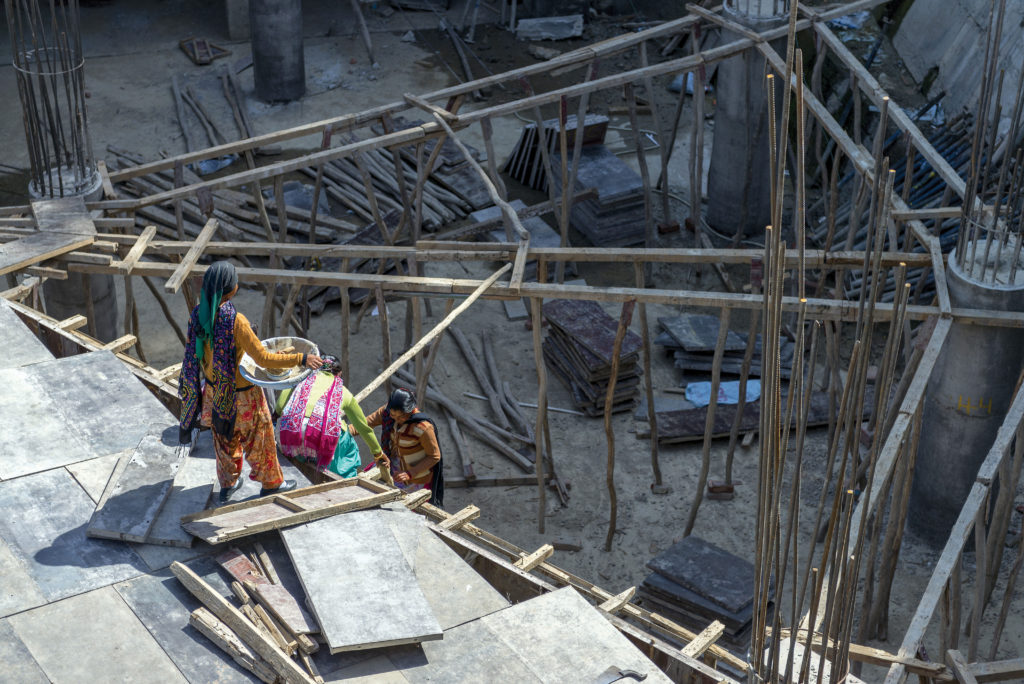What it means to embrace equity for women in architecture and construction
8 MARCH 2023 – This year, International Women’s Day is carrying the tagline of Embrace Equity. Beyond equality, or giving the same opportunities for all, equity asks stakeholders to take a deeper look at specific needs that can level the field for disenfranchised groups of society. Many women in architecture and construction are facing multiple disadvantages, especially those who experience precarious living and labour conditions.

As architects and built environment practitioners, the path to achieving a just and sustainable world means placing priority on the needs of vulnerable members of our community. In case you missed it, here are some of our recent stories on the topic.
The Uneasy Relationship Between Architecture Practices and Labour
Seventy-four million construction workers in India—49 per cent of which are women—are part of an industry worth USD600 billion dollars. However, this wealth has not trickled down to those who work in dangerous conditions without adequate protection, job security or welfare benefits. Lalita’s story in this article highlights how women in construction, including single mothers, are shuttered away from the workforce because the sector is not inclusive towards their needs as primary household providers.

⠀
Safdie Architects: Charu Kokate
Many female architects are graduating every year, but less than 10 per cent of them end up in leadership positions where they are able to enact more change. What needs to happen to change that? We asked Charu Kokate, Director of the Singapore office of Safdie Architects about this issue (read the unexcerpted article on FuturArc digital magazine).
Read more:

⠀
WAO’s Child Care Centre
What started out as a corporate social responsibility (CSR) initiative to rebuild a burnt-down bungalow has led to a collaboration that birthed Malaysia’s first GreenRE Platinum-certified Women and Child Shelter.

⠀
The FuturArc Interview: Swati Janu
“Our lives are pretty much governed by the neoliberal order—the economic structure of the present times—which has led or added to the inequalities and inequities around us. Architecture is a tool of this same system,” said Swati Janu, Founder of Social Design Collaborative, a practice that combines architectural activism, community engagement, policy advocacy and design pedagogy.

⠀
Architecture of refuge: Community Spaces in Rohingya Refugee Response
In August 2017, escalations of extreme violence against their community—especially women and girls—forced around 700,000 Rohingya people to seek refuge in Bangladesh almost overnight. This unprecedented scale of displacement caused refuge settlements in the border areas of Ukhiya and Teknaf to explode in growth. These community spaces were created throughout three phases: the post-emergency period, the transitional period, and the development period.
